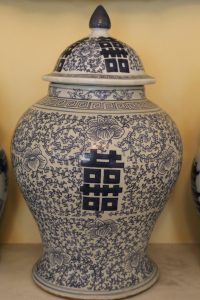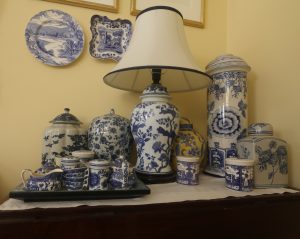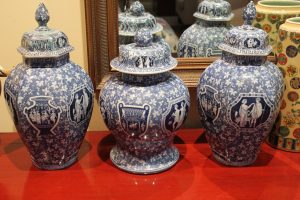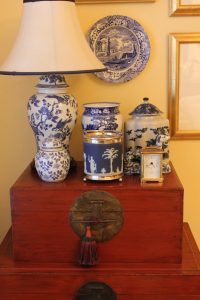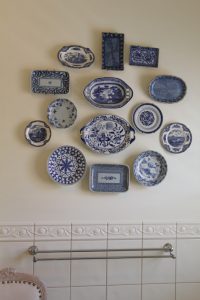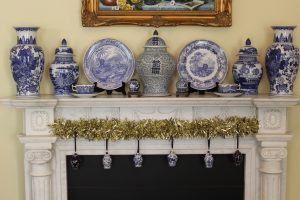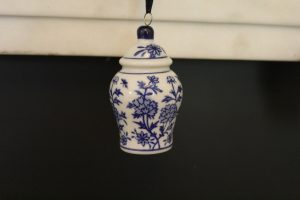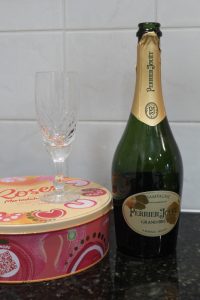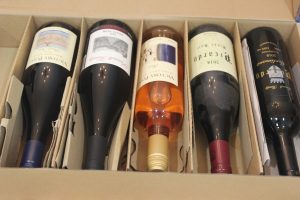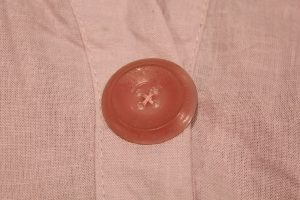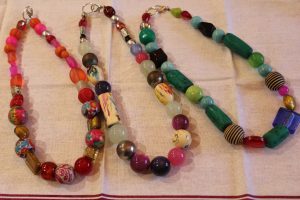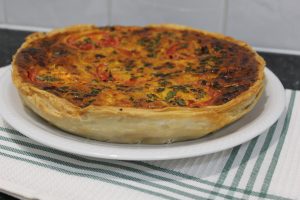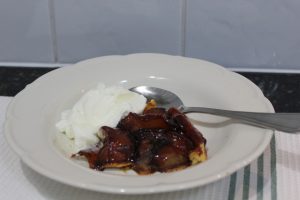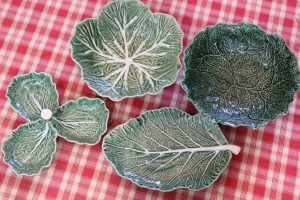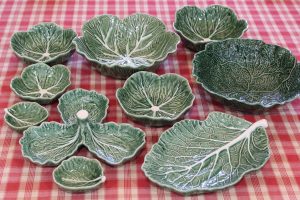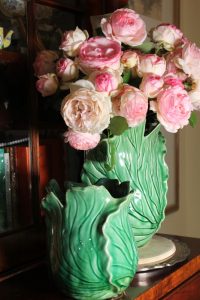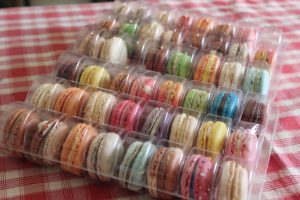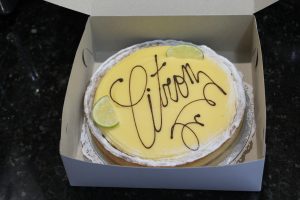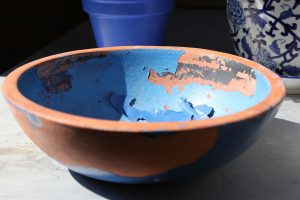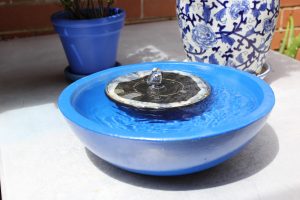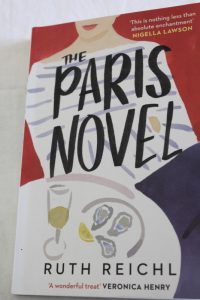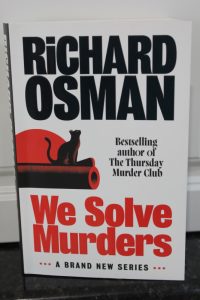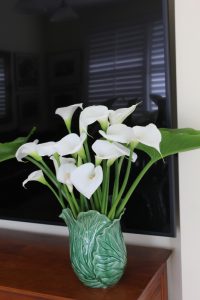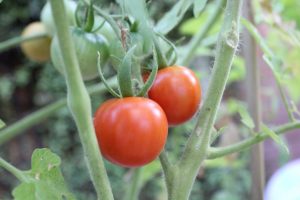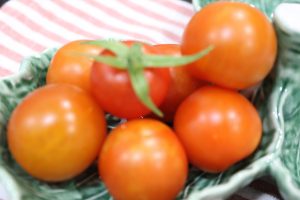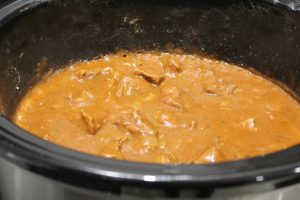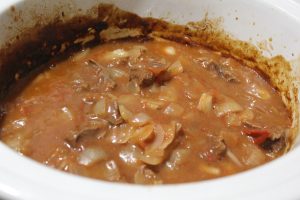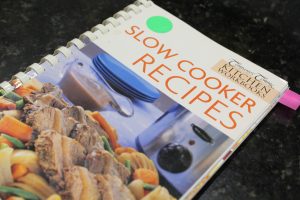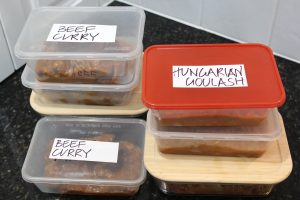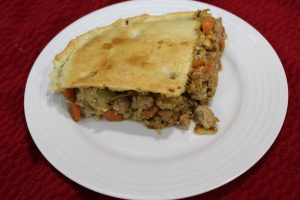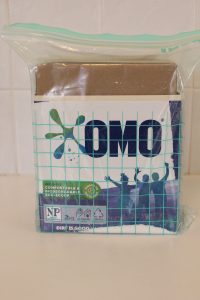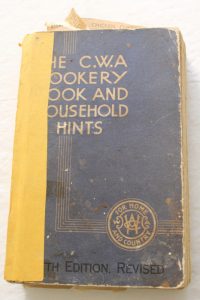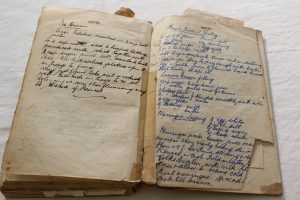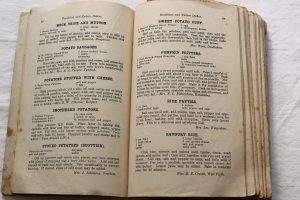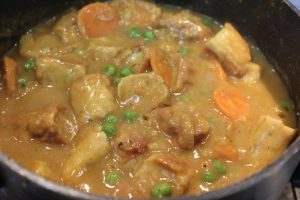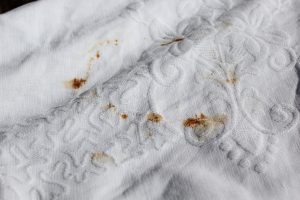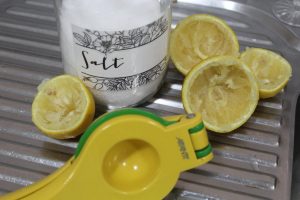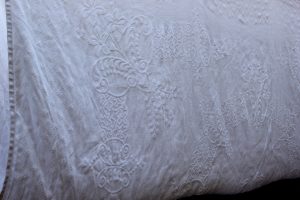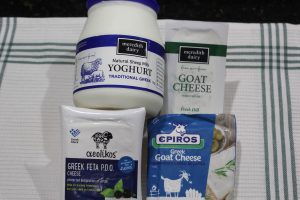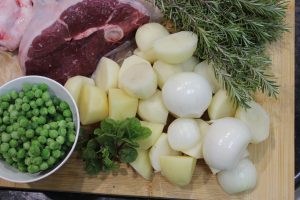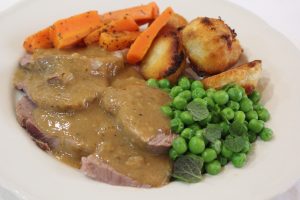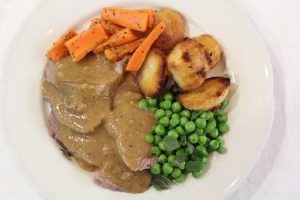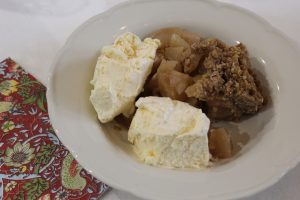reading
Are you a reader? This time of the year is good for reading book reviews. Every book distributor, every newspaper and magazine literary editor has reviews of newly published books and old favourites. Interesting to scroll through the lists and see so many ‘old favourite’ authors have new books, but also the long lists of new authors whose books are recommended. Great if you buy from a list you’ve made of ‘interesting books’. Also useful if you belong to a bookclub or like giving books as gifts. I try to get most of my books from the library.
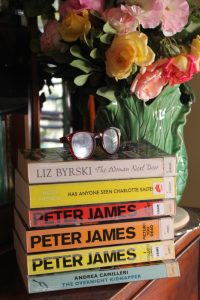

One reviewer, Laura Hackett, Deputy Book Reviewer, for the Sunday Times.UK, writes about her New Year Resolution, made every year, to read a hundred books. She isn’t always successful and thinks she’ll aim for 85 books this year. I gave up on New Year resolutions years ago, but I also read a lot of books, so have decided I’ll try this, too. It’s the first week of January and I have already read two and a half books, so feeling optimistic!


Image Pixabay
Hackett also refers to the Book Cover of the Week. Apparently,’ you shouldn’t judge a book by it’s cover’, but I do like a great cover! Although I scan titles and authors’ names on library shelves, I’ll often pull the book out to read the blurb on the back of the book but also then check out the cover. The font and the images used can suggest a lot about a book, too.
in the garden
It’s a bit hot to spend time in the garden during the day, but really very nice in the evening if there’s a breeze and the fountain is running. I’ve planted two types of tomatoes this year. I don’t know the names of either type because the tiny truss tomatoes came from my Mother years ago and the large bush tomatoes came from a friend. I don’t have very much space so I grow the tomatoes in pots. When you consider the cost of potting mix and fertiliser needed to grow them in pots, it’s probably not so economical but the tomatoes don’t have hard thick skins and they taste of sunshine. I’ve bought lots of tomatoes this summer which haven’t tasted wonderful at all. I stagger planting times to ensure supply over a longer period.
There’s also a pot of perpetual spinach. It’s what it’s called, a cut and come again spinach. I toss a handful of washed leaves in so many savoury things we eat. The wilted leaves add colour and flavour. The more I cut off, the more it grows. Good.
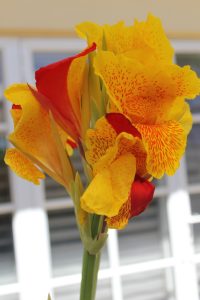

These cannas came from the farm. They just flower and flower and add masses of colour. The Gloriosa Lily is a Himalayan Select and came from a friend. It flowers in the middle of summer but the bloom only lasts a few days. Every year when it reappears, there’s an additional plant. I don’t remove the tubers in winter but it’s recommended in the northern hemisphere. I’m obviously a bit hit and miss removing tubers/corms/bulbs, anyway, as I thought I’d sifted out all the old dahlia corms from a pot I planted tomatoes in, but the tomatoes have company; two dahlias have appeared too!
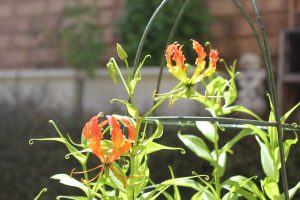

Gloriosa lily
The outdoors table is a sheet of travertine on a wrought iron frame. The glue holding the top on had begun to fail and the top felt loose. We took the top off, used a flap disc to remove the old glue and rust from the frame. I picked, poked and peeled the glue off the travertine. New glue, top back on, scrubbed it clean. Now stable and back in use. Lovely sitting out there in the evening.
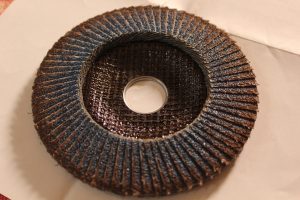

Flap disk for removing old glue and rust. Very efficient.


Metal frame cleaned of glue and rust, wiped down. Later we reapplied glue and positioned the travertine top and left it to dry.
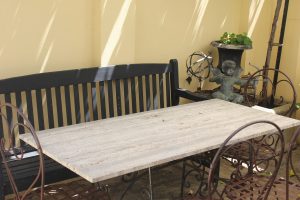

Scrubbed the travertine. The table was back in use the next day.
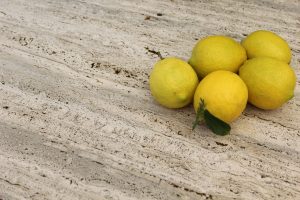

If you’re interested in growing some herbs that flourish in full sun, plant thyme, basil, rosemary and mint. Coriander will just go to seed until it is a little cooler. Except the rosemary, all my herbs are planted in pots.
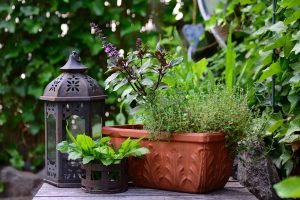

Image Pixabay
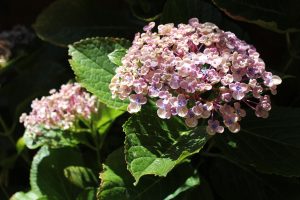

The hydrangeas are thriving, too. I hope you’re enjoying your garden, too!


